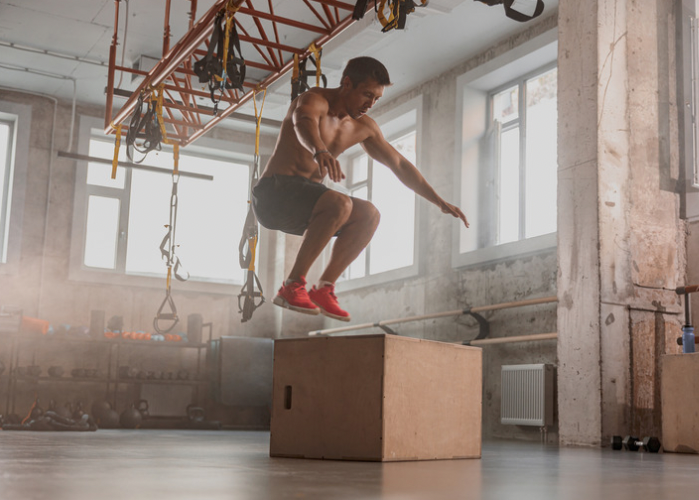
The Power of Functional Fitness: Building Strength for Real Life
In the pursuit of fitness, it's easy to get caught up in the aesthetics of muscle definition or the numbers on the scale. However, true well-being extends far beyond the superficial. It encompasses not only physical strength but also mental resilience, emotional balance, and the ability to navigate life's challenges with ease. This is where functional fitness comes into play—a holistic approach to exercise that focuses on movements essential for daily life.
Functional fitness revolves around the idea of training the body to perform tasks and activities commonly encountered in everyday living. Unlike traditional gym workouts that isolate muscles or focus solely on aesthetics, functional exercises mimic real-life movements, integrating multiple muscle groups and joints to improve overall strength, mobility, and coordination. Whether it's lifting groceries, carrying children, or simply getting up from a chair, functional fitness equips individuals with the physical capabilities needed to navigate life's demands effectively.
Quality over Quantity
One of the key principles of functional fitness is movement quality over quantity. Rather than fixating on lifting heavier weights or completing a certain number of repetitions, emphasis is placed on proper form and technique. This not only reduces the risk of injury but also ensures that the muscles are being trained in a functional and sustainable manner. By mastering fundamental movement patterns such as squatting, bending, pushing, pulling, and twisting, individuals can enhance their functional capacity and improve their overall quality of life.
At the heart of functional fitness lies the concept of specificity. Unlike traditional bodybuilding workouts that may prioritize muscle isolation, functional exercises are designed to closely mimic the movements and demands of everyday activities. For example, a squat not only strengthens the lower body but also improves the ability to rise from a seated position—a movement that is essential for activities such as getting in and out of a car or standing up from a chair. Similarly, exercises like lunges, deadlifts, and rows target multiple muscle groups simultaneously, preparing the body for the varied challenges it may encounter in daily life.
Core
Moreover, functional fitness places a strong emphasis on core stability and balance, recognizing them as essential components of functional movement. The core muscles—including the abdominals, obliques, lower back, and pelvic floor—serve as the foundation for virtually all movements, providing stability and support to the spine and pelvis. By incorporating exercises that challenge core strength and stability, such as planks, bird dogs, and stability ball exercises, individuals can improve their posture, reduce the risk of back pain, and enhance overall movement efficiency.
Other Benefits
In addition to physical benefits, functional fitness offers numerous advantages for mental and emotional well-being. Engaging in functional exercises that simulate real-life movements fosters a sense of empowerment and confidence, as individuals become better equipped to handle the physical demands of daily living. Moreover, the dynamic nature of functional workouts— which often involve a combination of strength, balance, and coordination—can help sharpen cognitive skills and improve brain function. Whether it's navigating an obstacle course, performing agility drills, or practicing martial arts-inspired movements, functional fitness challenges both the body and the mind, promoting overall cognitive health and vitality.
Furthermore, functional fitness promotes versatility and adaptability, allowing individuals to tailor their workouts to suit their specific goals and preferences. Whether you prefer bodyweight exercises, resistance bands, kettlebells, or free weights, there are endless options for incorporating functional movements into your routine. Additionally, functional fitness can be adapted to accommodate individuals of all ages, fitness levels, and abilities, making it an inclusive and accessible form of exercise for everyone.
Conclusion
Functional fitness offers a holistic approach to health and wellness that extends beyond the confines of the gym. By focusing on movements that are essential for daily life, functional exercises improve strength, mobility, balance, and coordination, empowering individuals to navigate life's challenges with confidence and ease. Whether you're a seasoned athlete or a novice exerciser, incorporating functional movements into your routine can help you build a strong, resilient body capable of thriving in the real world. So, the next time you hit the gym, remember to prioritize function over form and strength for life over aesthetics—it's the key to unlocking your full potential both inside and outside the gym.
